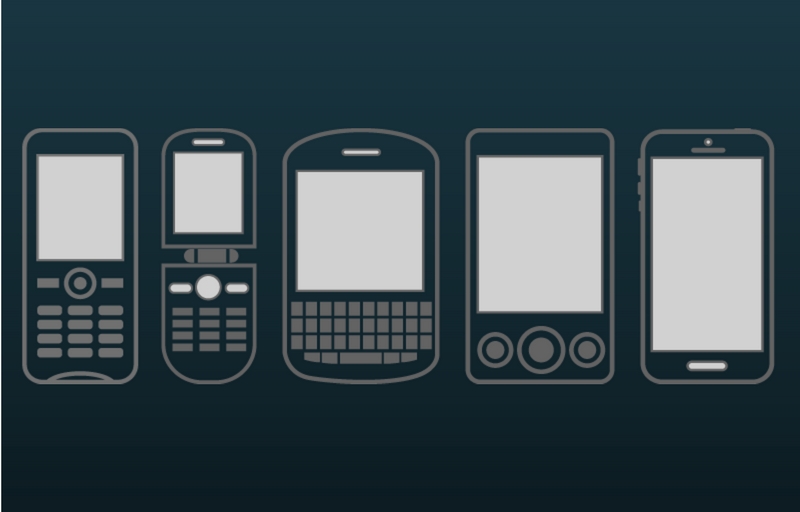Have you ever thought about the evolution of mobile phones? Cellphones are a piece of technology that has undergone drastic changes in the past decades. At the beginning of the millennium, carrying a cellular phone was considered a highly trendy thing.
Though the changes in early cell phones were comparatively scattered and low in frequency, the past twenty years have witnessed radical changes in their structure and function. So, we can very well expect dire changes in the coming cellular devices. For now, let us see how phones have evolved over the ages.
Table of contents
Evolution Of Mobile Phones
The First Cellular Phone
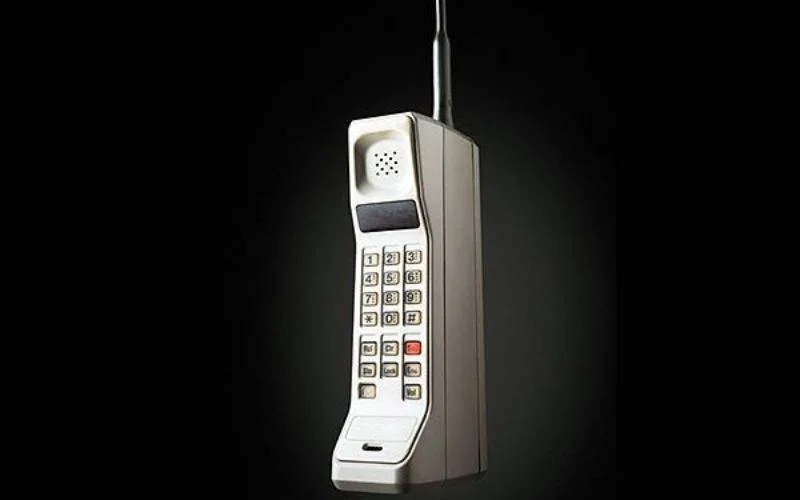
The first cellular phone available to regular consumers was shaped more like a brick and had extremely rudimentary features. It was solely a phone, with the option of making and receiving voice calls over an analogue network.
It was introduced in April 1973, weighed over a kilogram, and was over 20 centimetres in length. These phones were mostly considered “car phones” as they were too cumbersome to carry in pockets or purses.
In 1983, the Motorola DynaTAC 800x was introduced, and this could be termed the first ‘mobile’ phone, as it was smaller and much easier to carry than car phones.
Check out WP Copy Defender – WordPress Content Protection Plugin
Evolution Of Mobile Phones – Early Cell Phones
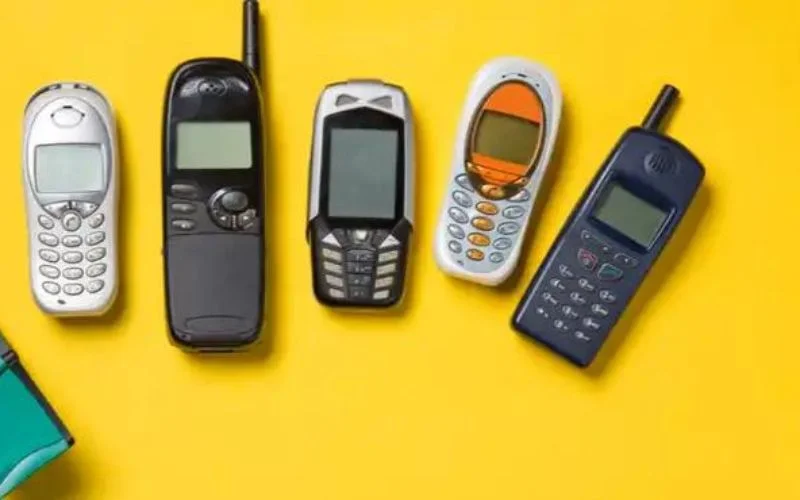
While early cell phones were only made to receive and make calls, makers gradually started introducing additional features to differentiate their products in the market and gain traction. In 1992, the Motorola International 3200, the first GSM phone, was introduced.
However, they weren’t GSM certified, and not many know this model has an added feather in its cap for being the first GSM phone. The phone had features such as storage, messaging, menu, and functions and an 8-hour standby battery.
The first declared GSM phone arrived in 1994- the Nokia 1011.
Carve a niche for yourself by exploring these lucrative web design business ideas.
Check out Profile Engineer – Portfolio Website Builder
Evolution Of Nokia Phone – The Nokia 1011

The black Nokia handset featured a monochrome LCD and an extendable antenna. It could hold 99 phone numbers in its memory. Nokia decided to focus entirely on network infrastructure and mobile phones, quitting its consumer electronics, cable, and rubber businesses. Nokia 1011 introduced the first humble text message.
The next notable cellphone in the market was the IBN SIMON personal communicator. This device was one of the first to be sold as a PDA (Personal Digital Assistant) – phone.
Its battery only lasted an hour, and it gave to the slimmer flip phones.
Check out Easy Text Marketing – SMS Marketing Tool
Evolution Of Flip Phones
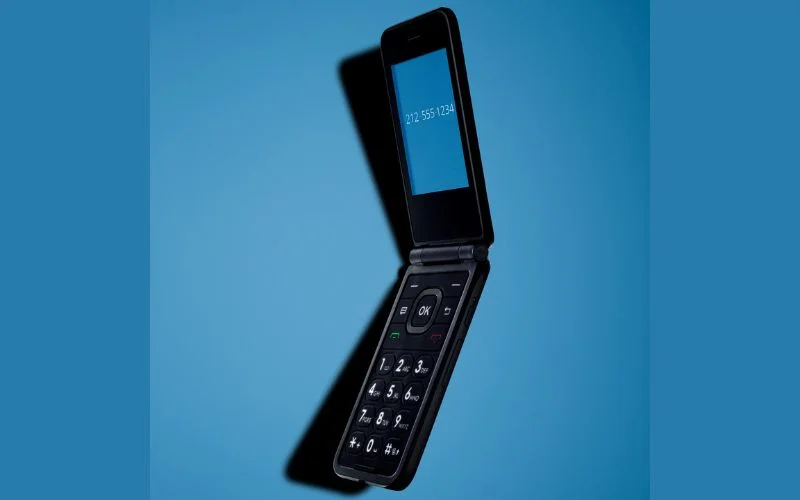
They came in much more portable flip phones like Nokia’s Candybar. This period was one of the transcendent transformations of the cellular phone industry. Motorola introduced its hybrid GSM/satellite phones, the first of their kind. This phone could connect calls from anywhere in the world!
A game changer in the PDA segment arrived with the Palm Pilot in 1997, with a virtual keyboard and handwriting recognition.
The Nokia 6000 series popularized gaming, featuring interchangeable face plates! This series arrived in the early 00s and made gaming a popular avenue for raking in revenue. It was also much cheaper and smaller than any of its predecessors and widely available to the masses.
With the popularity of cellular phones on the rise, texting or SMSing became the cool and go-to option. Manufacturers then started focusing on keyboards—from full-sized qwerty ones to some wacky-looking models.
Check out Shotcut Track – Website Analytics Tool
New Generation Cell Phones
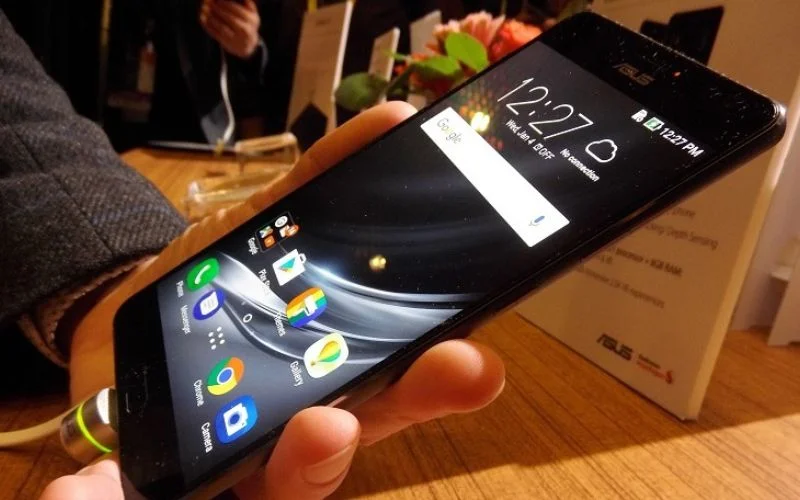
The popularity of business phones surged. Blackberry took the mobile industry by storm with features like their email and instant messaging services (applicable only from Blackberry to Blackberry)
And then came the current sensation, the iPhone. Launched in 2007, fully equipped with a digital music player and a two-megapixel camera and marketed as an Internet-enabled PDA, this phone series is still the heartthrob of billions.
Check out BookMuffin – Unlimited Reviews For KDP Books
The introduction of the iPhone opened up so many new avenues for growth! Google launched its open-source code for the Android platform, paving the way for the participation of established and new market players, ranging from LG and Samsung to HTC.
Slowly, networks started evolving to keep up with phones.
There is no doubt that the appearance on the market of standard 4G communications forever changed the way mobile phone users use their devices. To that extent, this is so the phone and the vast number of applications to complement it today could not exist. Binding of the smartphone, an impressive mix of telephone and computer, and this new communications standard certainly broke the pattern of consumption of content which we used for years, and thanks to the speed of data transmission that can achieve 4G, we can consume video content in HD, music streaming and a thousand other things, besides, of course, everything that has to do with our work so we can make several times faster without many complications, at the place and time where we are, points that are vital to the daily functioning of millions of people around the world today.
Check out Therr For Business – Hi-Fi Location Marketing Platform
A Word About Future Phones
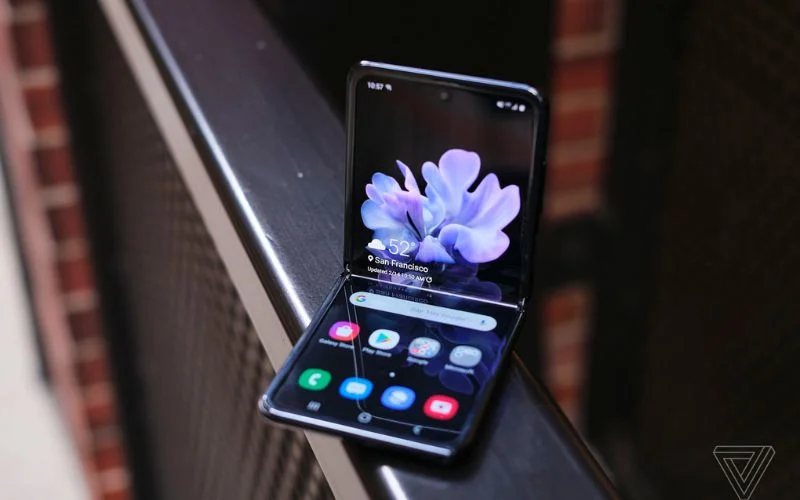
Future phones are becoming lighter, more powerful, and more receptive to their environment.
When considering the history and evolution of cell phones through the ages, who would have thought that present cellular phones barely serve the purpose of making voice calls?
Only time will tell what innovations will make their way into the future of cellular phones.
Like this post? Check out more amazing web design content here.
